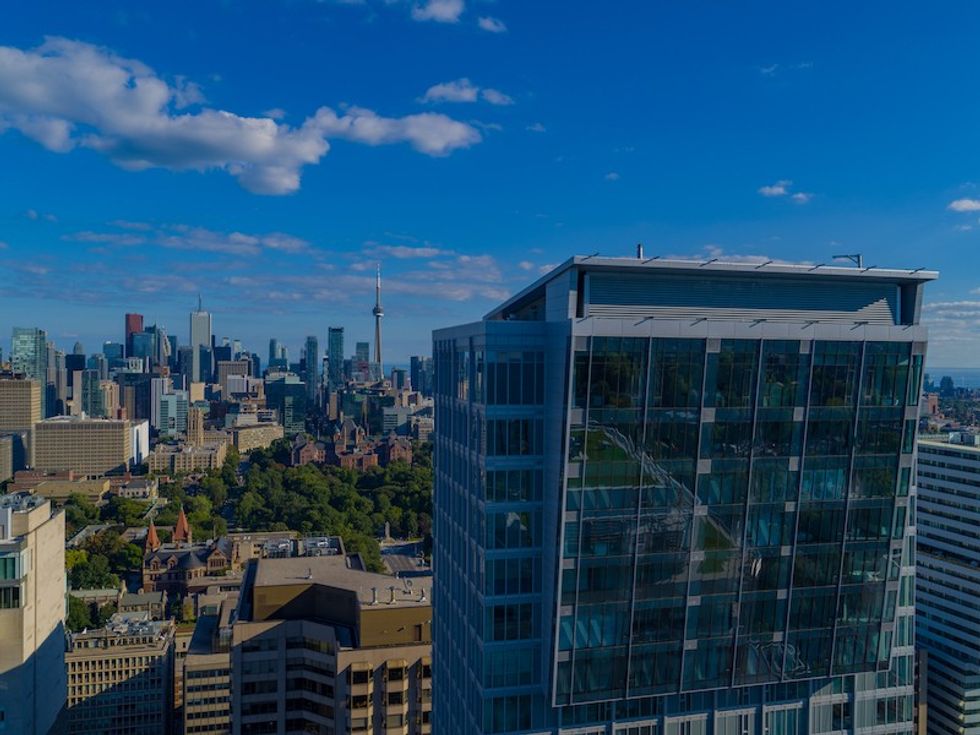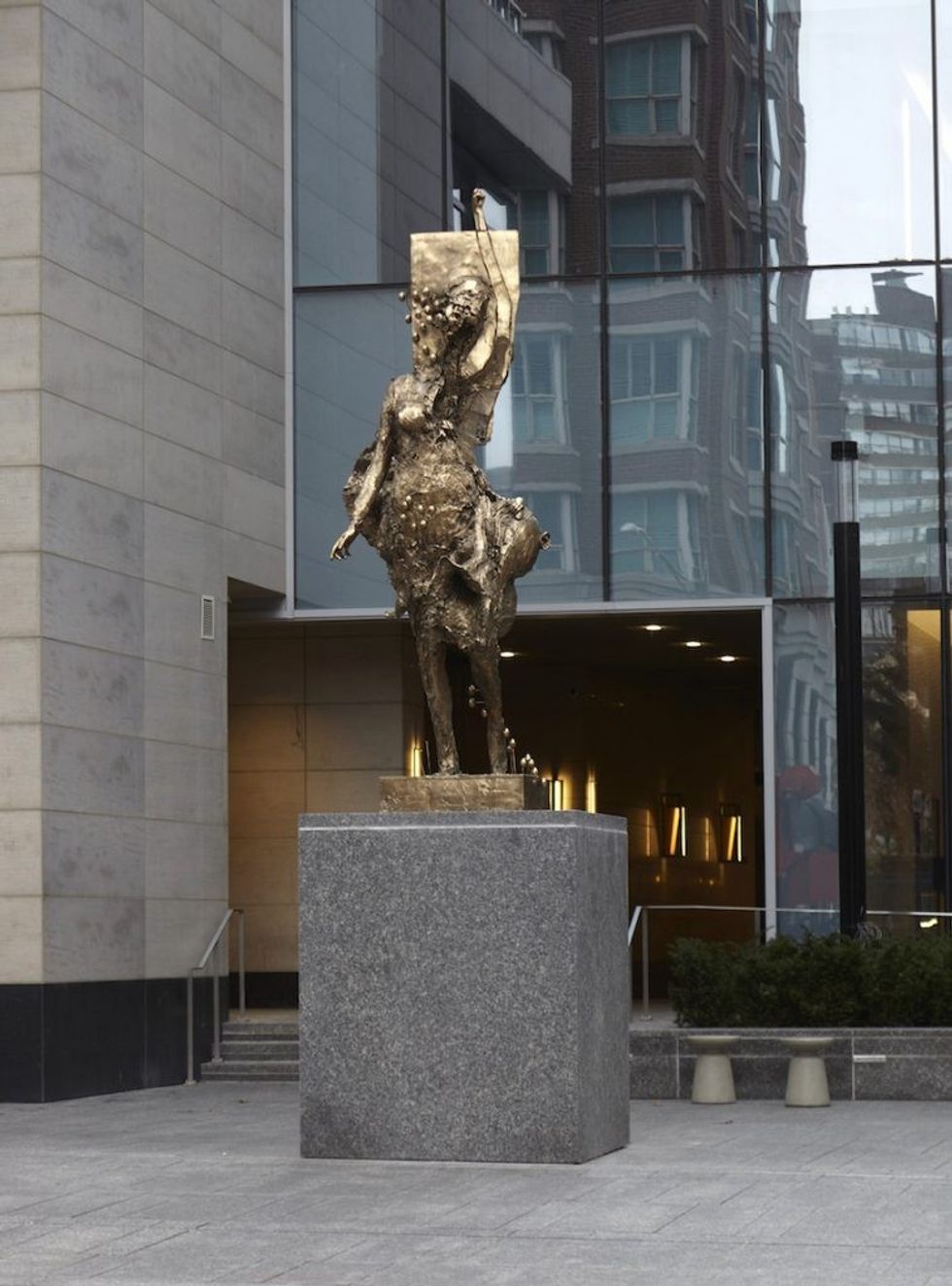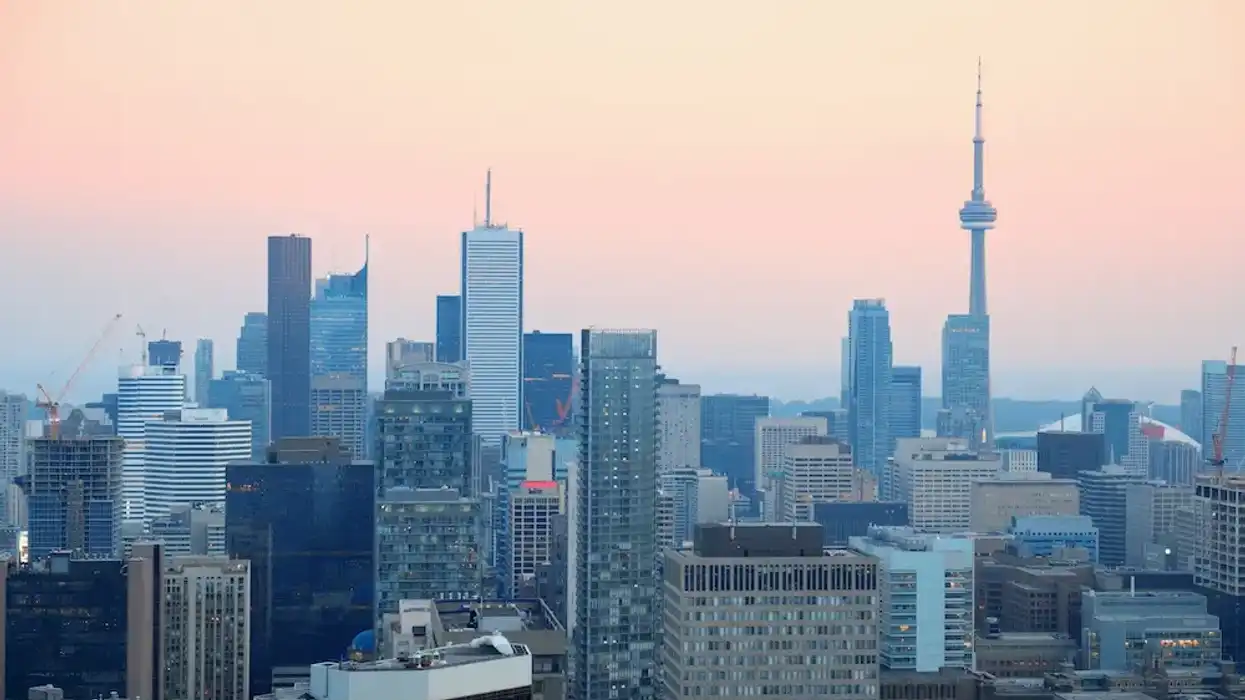For many developers, the goal is simple: Build homes, earn a profit. But for some, the picture is bigger: Make a mark.
Camrost Felcorp, under the stewardship of David Feldman, its Founder and CEO, has been working on the bigger picture for decades — earning trust as a developer, transforming communities, creating lively streetscapes, and bringing art to life in the public sphere. Since 1976, that ambition has amassed a huge collection of accomplishments: 20,000+ residences, more than 80 buildings, 2-million+ sq. ft of commercial space, and another $4 billion in developments on the way.
Numbers don’t lie, but they don’t tell the whole story either. Aside from towers and towns, how do you build a great community?
“I think the expectation from any resident should be: ‘I hope what this developer is doing is going to make this community more vibrant and better my day-to-day life,’” says Joseph Feldman, Executive Vice President and C.O.O of Camrost Felcorp. “And I can promise you, that’s a lot of the discussion that happens internally [at Camrost] — and it’s been happening like that for over 45 years.”
Pioneers of ‘timeless developments’
Yorkville, the St. Clair strip, Parklawn and Lakeshore, Leaside’s Eglinton Avenue East, Mississauga’s downtown, — Camrost Felcorp has pioneered through iconic communities, revitalizing old uses and reimagining their potential.
The pioneer ambition is a lofty one for a builder, but it’s also “ingrained in our DNA,” says Christopher Castellano, Camrost’s Vice President of Sales & Marketing.
“Our goal is to create lasting communities that will defy any preconceived notions of what’s vogue for the day, and will stand the test of time, and be timeless developments,” he says. “We always go into areas that will have future growth to ensure that our purchasers are buying into projects that will have increased value in the future — whether that value is financial, or value in the sense of their location. Those are both things that interest us deeply.”
READ: Upcoming Skylofts to Serve Sweeping Views of Leaside’s Transformation
In Yorkville, that meant the revitalization of the original Four Seasons Hotel and new surrounding properties — creating new premier addresses in the upscale, iconic neighbourhood, from the Cumberland Tower condo collection to Yorkville Private Estates.

For the St. Clair corridor, that meant an old Imperial Oil building and a handful of office structures transforming into thousands of new residences in the award-winning master-planned community Imperial Village — a wide-scale reawakening of the St. Clair strip.
In Mississauga, that means the Exchange District as a flourishing downtown destination with millions of square feet of shopping, dining, public parks and spaces, and a boutique hotel to lure travellers from all over the world. Towers topped with jewel-box beacons will glow in fuchsia, yellow and blue — rivalling the CN Tower as an unmistakable centrepiece in the sky.
Stewards of the city: Prioritizing people over profits
It’s stewardship and community-building that adds the final dimension to exciting new projects in growing neighbourhoods. Camrost defines stewardship as choosing the residents, the surrounding community, and even the city, over purely financial decisions.
“We always approach any development with: How do we leave the community in a better place?” Feldman says. “How do we ensure that the way in which our buildings interact with the ground create something that is more vibrant than before? We pay a lot of attention to the pedestrian realm.”
The decision can be as simple as burying parking underground, Castellano explains, which is not yet common in Mississauga projects. Underground parking is much more expensive but allows retail, dining and services at the pedestrian level — but for a developer seeking top profits, it would be better to sell those floors as residences.
“There have been so many meetings I’ve been in, where we had to redesign things or start from scratch because the easiest solution typically isn’t the right one for residents,” Castellano says. “And the reason we’ve been so successful over 45 years, and the reason we want to be successful for the next 45 and beyond, is by putting the residents first.”
READ: Suite of Services at Mississauga’s EXS Redefines Condo Living
In the Exchange District, Camrost worked with London architects BDP Quadrangle to design a gorgeous pedestrian piazza — “our interpretation of the Spanish Steps in Rome,” Castellano says — to create performance spaces, pop-up shops, lush patios and exciting meeting places for the whole community to enjoy.
And the last gift to the public? A genuine commitment to public art.
An ‘essential ingredient’ to vibrant communities
David Moos, independent art adviser and curator — and former curator of modern and contemporary art at the Art Gallery of Ontario — started working with Camrost roughly a decade ago with Imperial Village in the St. Clair community. He considers the developer on par with a museum client.
“What I think is remarkable about Camrost is their vision for art in the public realm playing not just a significant role, but I call it a community-making role — they don’t see the public art contribution as simply fulfilling an obligation for a Section 37 requirement,” Moos says. “I think Camrost is distinct in that they understand the role of art as an essential ingredient to the communities that they envision and create.
”From elegant sculptures to fascinating murals, public art can visually define a neighbourhood, and make it iconic for generations. The public art plan submitted for Blue Diamond will be a permanent, ongoing public art exhibition, involving roughly 10 artists and 10 distinct works outside and inside the building — “an innovative approach,” Moos says.

“In Camrost, I would say that I’m fortunate to work with a developer that has a deep passion for contemporary art, and great understanding of it,” Moos says. “They invest time, effort and resources into contemporary art, learning about it as well as commissioning and presenting.”
Art in public spaces can inspire a community, Castellano adds — creating a cultural conversation, or even just a chat between locals.
“I truly believe that art breeds art,” Castellano says. “I think that it’s important. When you look at the evolution of society over a number of years, you get the biggest sort of leaps and jumps when art and science are all allowed to roam free – and you need an environment to foster that."
‘One cohesive team’ builds a lifetime of trust
The long-term commitment to residents and the community is, interestingly, built into Camrost’s structure as a developer. In a market plagued with uncertainty and construction delays, it helps when every step is in-house.
“We are one of few entirely vertically-integrated developers,” Feldman says. “We’re doing everything from land acquisition, the entitlement process, planning, finance, marketing, sales, all the way through to construction — we touch every element in-house. So, there’s not really opportunity for ideas or messages or details to be missed. We’re one cohesive team that carries the project from start to finish. And that’s so important, especially in this market, with supply chain shortages.”
Controlling costs and controlling timelines, Castellano adds, means earning trust with buyers — especially when you’ve been building for almost half a century. It’s a rare result from having “a Camrost employee involved with every step of the process.”
“We’ve been fortunate enough to have purchasers who have bought multiple units, and now, because of the age of the company, their children are now starting to rent or buy in our buildings,” Castellano says. “And to us that is the biggest sign of approval or success — when someone has lived their entire life in a Camrost building, and now their family is starting to do the same.”
This article was produced in partnership with STOREYS Custom Studio.





















